Are you bemused by people who collect snowdrops? Want an insight into why they have become collectable? My six pictures this Saturday are stunning snowdrops that you might not be familiar with but which will give you an insight into why some people are obsessed with them.
They are not all little white flowers – well they are – but up close they have subtle differences and undeniable beauty.
Snowdrops have single and double forms and vary in height, leaf shape, leaf colour, leaf arrangements, outer sepal numbers, inner sepal numbers, inner markings, outer markings, pedicle length, flowering time, and colour. Phew, that’s allot of ways for a tiny white flower to vary and there are estimated to be 2000 different types.
The most common in British gardens are two species varieties – Galanthus nivalis which are usually small with narrow green leaves and Galanthis elwesii which tend to be taller with strappier glaucus (greeny blue) leaves.
There are entire books to assist with identification and taxonomy – too much detail to even attempt to summarise here but I’ve chosen six photos to show some of the variation. All the photos were taken at my new friend Mr Snowdrop’s garden, or at last week’s snowdrop day organised by the Alpine Garden Society I am a diarist for the Alpine Garden Society and if you want to know more click here to read my write-up of the snowdrop day.
Lady Fairhaven – also known as Ailwyn
This one is now a favourite of mine. The shape and width of the flower instantly brought to mind a Spanish Infanta’s skirts. If you don’t know what I mean by this take a look at this painting by Diego Velazquez from the Museo del Prado in Madrid. Those are big skirts!
I can only imagine the number of petticoats under those skirts. Tip up Lady Fairhaven and what do you find? The snowdrop equivalent.
Treasure Island
Snowdrops with yellow markings and yellow ovaries (the swollen egg-shaped waxy part at the top of the flower), are the biggest breakthrough in recent years and are highly sought after. The highest price paid for a single snowdrop bulb on ebay was £1,350 for a yellow variety called ‘Golden Fleece’ back in 2015. It had taken Monksilver Nursery 10 years to develop and was most likely bought by a collector or nursery to propagate further bulbs from. 4 years later and there are more of these in circulation so the price has come down but they are still very expensive.
Another rare yellow variety is called ‘Treasure Island’. I spotted an old sale on ebay from last year with one bulb selling for £259. This plant was bred from a snowdrop called ‘Mighty Atom’ which is popular and has largish pure white flowers. Likewise, Treasure Island’s flowers are large but stately.
I like the yellow varieties up close I’m not yet convinced I love them. Whilst the leaves are green, Mr Snowdrop has noticed these tend to lack the vigour and take a while to establish and form clumps, possibly due to reduced levels of chlorophyll. I’m wondering if there’s been research on this? One thing is sure though – the yellows are popular with collectors and the jeopardy caused by risk of losing an expensive plant is probably part of the thrill.
Rosemary Burnham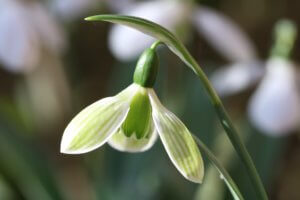
Another important trend in recent years is for snowdrops with green markings on the outer petals. These can be strongly marked or slightly blushed, cover much of the petal or just the tip. The patterns are known as ‘virescent’ markings.
Looking through a bulb catalogue I realised I was drawn to the types with a green blush and a good example of this is ‘Rosemary Burnham’. I think that from a distance the green rather compromises the impact of the white in a winter garden, and I doubt they’d stand out en masse. Up close though I think they’re stunning so would suit a prominent position near a path or maybe even in a pot.
Pot cultivation is fairly common with snowdrop collectors, as many take them round to exhibitions and shows. Clay pots or black plastic aquatic baskets can be used and are usually kept outside but sunk into sand benches or garden borders to keep the temperature of the roots constant. Once in flower they could be brought out to admire.
Trumps
Another virescent variety but with less subtle markings than Rosemary Burnham. I wasn’t sure about this one at first as the green marking is very pronounced and a bit like the paintings my children used to do as toddlers. You’d get the all paints out and they’d do one splodge on a piece of paper and ask for another piece. One splodge on that piece then they’d want another…
Trumps is now growing on me though as the shape is rather lovely – like the top of a circus tent. Plus this variety is a very good doer in the garden and clumps up very well, making a cheery group.
Seraph
This one may really surprise you – it certainly did me. G. ‘Seraph’ really stood out on an exhibition bench at the AGS’s snowdrop day. Firstly the colour is the purest of whites, almost LED bright. From a distance the white was startling even when surrounded by other rather white snowdrops.
Secondly, the form of this snowdrop makes it look rather un-snowdrop like. Most snowdops have three longer outer petals (or sepals) surrounded by three shorter inner sepals which form the trumpet-like feature in the centre. Some snowdrops – like G. ‘Seraph’ – are known as poculiform which means all six sepals, inner and outer, are the same length. This gives the whole flower the shape of a crocus, but hanging down rather than pointing skywards. Intriguing and beautiful.
Mystery snowdrop
This little beauty is well worth checking out up close. It has simple white outer sepals surrounding inners with moss green striped markings. Inside the stamens are egg-yolk orange, and it has a faint but lovely scent.
What’s the name of this snowdrop? Well it’s just a Galanthus nivalis. If you have snowdrops in your garden, they’re highly likely to be these. Beautiful aren’t they? If you have a large clump consider bringing a few indoors, where they’ll open out fully in the warmth, gently scent the air and give you something to stare at if you want a few minutes of down time. If expensive snowdrops aren’t your thing then these will more than do. I’ve written an article about planting them in grass which you can read here.
Six on Saturday is a weekly meme – take a look at the comments at the base of host The Propagator to see more ‘sixes’ from other keen gardeners from all over the world.
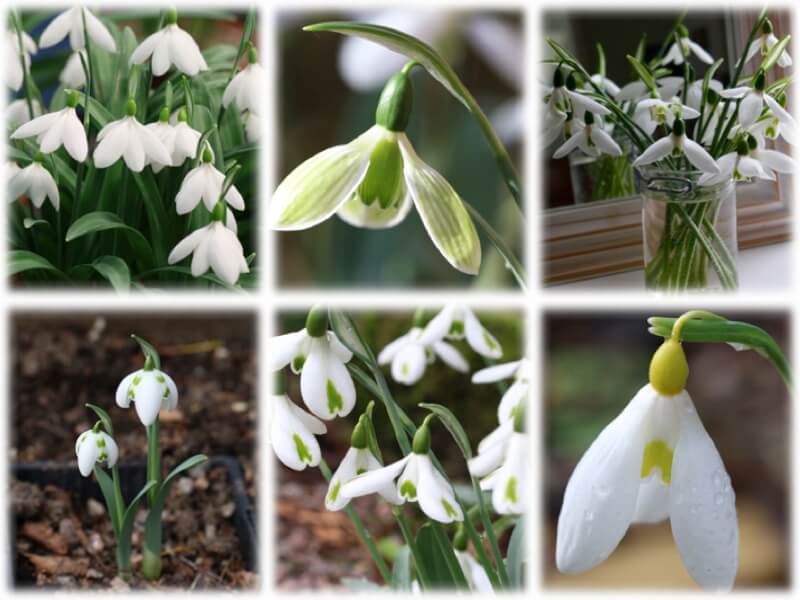
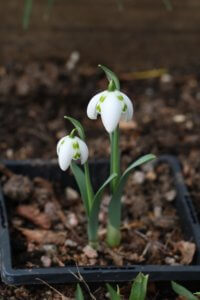
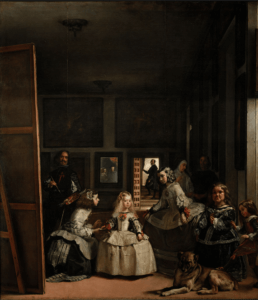
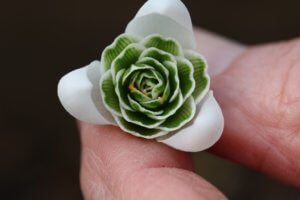
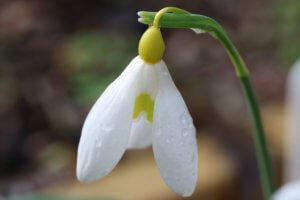
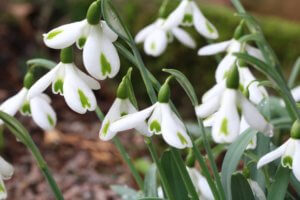
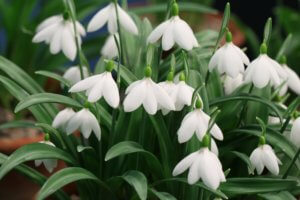
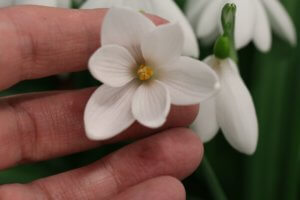
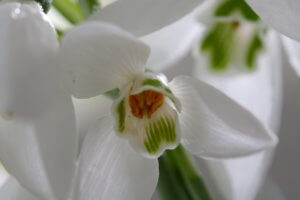
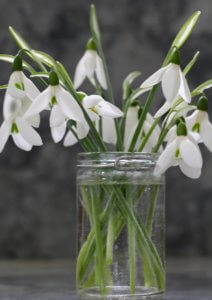

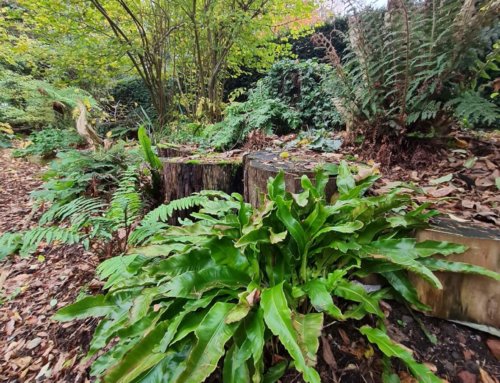
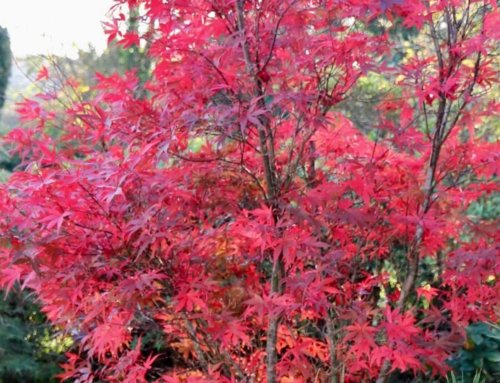
A very informative snowdrop six which is very timely as I am just starting to appreciate snowdrops and would like to learn more.
Thanks Deb – so glad you liked reading it as much as I liked photographing them. I, like you, am fairly new to the snowdrop appreciation society. I’ve seen a good book out there by Naomi Slade called a plant-lover’s guide to snowdrops. It may be one to look into.
Oh I love snow drops and could easily get ‘carried away’ and collect them. Such dainty and pretty flowers. Thank you for this information; a really great read. I posted a photo of a snowdrop in my garden that looks like a Lady Fairhaven. It’s my favourite by far.
Hi Sophie – So nice to hear you’ve been out studying your snowdrops too. There are a few double snowdrops out there with the frilly knicker centres like Lady Fairhaven. Some petticoats are unruly but hers are very neat in good concentric rings.
What diversity, what choice and what beauties! I just love them !
Are you a budding galanthophile Fred? We can call you the gallic galanthophile!
I didn’t know snowdrops until I was on social media. These are beautiful flowers, so fragile and elegant. I have to add more in my garden. In France, we have just common ones. I will order some other at the right season
Yay – you are the gallic galanthophile. Now’s a good time if you want some of the more expensive named varieties – they tend to be sold in flower so you can be sure you’ve got the right one. Even if you’re not in the market for these they’re fun to watch on ebay. Otherwise the commoner varieties are good to plant ‘in the green’ in march. Are there good french suppliers?
Oh, I read Naomi’s book just this week! I could easily become a galanthophile! Lovely post and I will also read the additional posts you mentioned!
Naomi’s book is great isn’t it? I’ve also bought a more detailed book by Matt Bishop (ebay) too to help with identification and taxonomy but keen powers of observation are required. Many of the hybrids are so similar.
Some Fab Photo’s there. You have inspired me to grow Snowdrops next year.
That’s brilliant Paul. It’s potentially an expensive hobby if you get into some of those varieties but there is a good trade on ebay and many amateur collectors twin scale to produce new bulbils to grow on and sell. I love the cottage industry element of it. The cheaper varieties are still so pretty though.
Pretty enough, I suppose. Sniff. Grumble grumble what’s all the fuss about grumble grumble.
😎
Resistance is futile. Just wait til I try twinscaling. You’ll want to try, I know you will.
I really enjoyed this post so much! I pinned it to one of my Pinterest boards to refer back to. Each variety is so detailed and intricate. I can’t wait to plant my own for next Winter!
Ah, thanks so much. I hope you find some you like.
Wow how wonderful to see these snow drops love the real bright white one will keep an eye on this post as so want more
Thanks Sarah – I’m glad you liked it. I’m collecting pictures of lots of varieties but I don’t want to have to rename this blog The Snowdrop Gardener!
I know I have the urge to collect stuff in my DNA so I always skim through stuff like this for fear of getting drawn into another obsession. With a garden the size of mine Snowdrops would make a lot more sense than Camellias, my main thing. ‘Seraph’ is not something I could resist, were one put in front of me with a halfway sensible price on it. I love a pure white flower.
That Seraph really stood out. The nursery showing it had twin scaled a bulb 3 or four years ago and grown on the babies in a largish pot. It was something to behold. Maybe there’s room in your garden for camellias and snowdrops. Just don’t look on ebay if you don’t want to succomb. I just had an email alert on a snowdrop currently up to £185 on the bidding…
Oh love all these different snowdrops!
Glad you like them Barbara. The more you look the more fascinating they get.
I’ve never really looked at snowdrops before as they always seem such insignificant plants. You have changed my mind!
I love the Galanthus Lady Fairhaven 🙂
Glad to hear it. Getting up close to plants can sometimes be enlightening. Lady Fairhaven seems to have won many hearts!
Ah, Lady Fairhaven is a stunner! Thank you for educating me about snowdrops. I have oodles of the common ones, beneath snow right now, and think they look superb en masse, but I have none of these fascinating varieties.
Glad you liked it and having oodles on mass is something fabulous too.
Oh, wow! Lovely snowdrops. I have only just planted some under my tree, the common ones I think and some doubles, but no flowers as yet (planted in the green last March). I can’t say I notice the differences until I read a post like this one and see how beautiful they are. I have to say that the Seraph is my favourite – simple and elegant and beautiful.